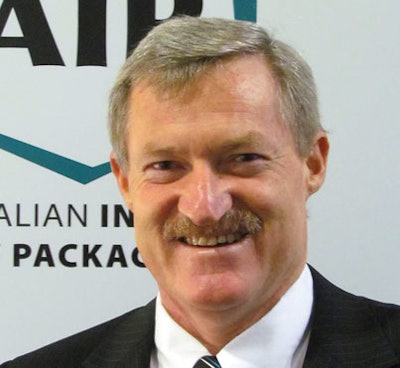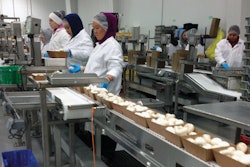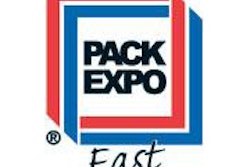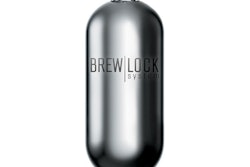
Reaching consumers these days is difficult. No longer do traditional methods of advertising and marketing warrant sufficient attention of consumers or their dollars. Business owners, and advertisers alike, struggle to come up with creative ways to grab even the smallest bit of attention for their products. Creating an effective package design is one of the simplest and most cost-effective ways to do this, but it requires originality, point of difference, and the ability to connect with consumers.
Most consumers are not readily open to changing their purchasing habits or experimenting with new products. Why fix it if isn’t broken? When introducing your product to consumers you need to display originality in your packaging design. Consumers look for packaging that is visually pleasing and representative of the actual product. The package should demonstrate the company’s ability to uniquely display the product through color, size, and logo.
As with people, packages that are different tend to stand out. Using unusual colors, containers, and catchy phrases are all effective ways to attract consumers’ attention. You can reap substantial rewards by using package design to market the same product to multiple target groups. Product packaging can give new meaning to the same product for different consumers. It is important to note, however, that creative packaging is no substitute for a great product.
Therefore, your package design must fulfill a consumer need and communicate the benefits of choosing your product. Consumers will purchase products because of a perceived need for them. Your package should elicit emotion from your consumer, whether it is happiness, serenity, or even hunger. If there isn’t a feeling of excitement or necessity, the product will not sell.
Effective package design keeps the consumer’s needs at the forefront while still remaining effective in demonstrating the product and its benefits. For better or worse, your package design will be a significant factor in determining whether your product is purchased or not.
Cost-effective packaging
There is probably no other area of packaging less understood than cost. Although many organizations calculate the cost of the package material itself as the total cost, the true cost is, in reality, the total cost of the entire packaging system involved. A simple replacement of one component of a packaging material for a less expensive one may not be a true reduction, and vice-versa. The question to be asked is, “How will the change affect the entire packaging system, and ultimately increase (or decrease) sales and/or profits?”
The following ideas are effective in cutting packaging costs.
• Over-packaging. It is usually best to use a safer specification to introduce a new product. Only after the history of the package is known can the material be safely reduced. Good packaging always should be as simple as possible and as inexpensive as is consistent with the desired performance.
• Material closest to the product. The most protective ply should be closest to the product. Paper/aluminum foil/polyethylene is a better protective barrier than aluminum foil/paper/ polyethylene. The barrier characteristics of aluminium foil are enhanced by its closeness to the specific product.
• Calipers of each ply. The thinnest material possible should be used for each ply. If 40-micron film will do the job, then 70-micron film is unnecessary.
• Substitute materials with caution. It is rarely possible to simply substitute any packaging medium with another. A new package must be devised by adhering to basic packaging requirements.
• Standardization is desirable. All incoming packaging materials and outgoing finished packages should be standardized where possible. If a multi-plant operation is involved, standards are an absolute necessity. If standards are changed, clearance should come through a central authority.
Now more than ever, packaging technologists must design with the end in mind. Today’s packaging professionals must account for how a package must function, who is to use it, and what is the easiest and most suitable format for reuse, recycle, or refill. The tips in this article should help provide a foundation for success.
Pierre Pienaar, CPP, is Education Director at the Australian Institute of Packaging. For more information on IoPP, visit www.iopp.org.

























